One could easily make the case that nothing is more personal than health care. We allow others to probe and prod our bodies and our minds. We even let foreign and sharp objects enter our body cavities and skin. We often feel helpless, without access to an obvious alternative (especially when avoiding a doctor visit does not work anymore) and surrender to the bad service forced onto us as patients.
Healthcare Is a Service
That resigned tolerance of poor care experiences lets us forget that healthcare is first and foremost a service. A service to serve us, the patient. And unlike many services in our modern lives, healthcare delivery, for the most part, has not undergone the same revolutionary transition as traveling or shopping or banking.
What world-class companies are nowadays pursuing is the relentless personalization of every service experience. Most service companies nowadays know their customers. Their preferences. Their service or transaction history. Their preferred style of communication. Their tolerance for risk. And many more aspects. The best of those companies use that knowledge to create a superb customer experience. The best service experiences anticipate what the customer wants and gently nudges the customer to the services they need.
Amazon knows when it’s time to reorder food for my kids’ rabbits. Budget knows I prefer a mid-size SUV. Hilton knows I prefer rooms on higher floors away from the elevator. Kindle knows I enjoy business and self-improvement books. And every Amex rep knows how long I’ve been a customer and how I use their products.
Healthcare is Different. Is it?
Yet in healthcare, in many cases, the customer experience greatly leaves to be desired. Yes, a physician with fabulous “bedside manners” can make up for scheduling snafus or check-in frustrations. But a disgruntled patient does not make for a good listener and an unhappy patient makes for very poor job satisfaction on the clinician side.
There are a number of challenges unique to healthcare that are making it more complex and complicated to create a great service experience for patients. First off, depending on the nature of the healthcare service, people’s lives or at least their quality of life is at stake. Secondly, our healthcare system requires patients to interact with a multitude of people, often half a dozen or more, before we get to the actual service, the visit with the doctor.
Thirdly, given the revolutionary transformation of communication over the past decade, we find ourselves in a multi-channel communication environment like most other industries. Those channels include the phone, texting, robocalls, snail mail, and secure email (and unsecure email), but also Facebook or Twitter (and, unfortunately, still the fax). Mostly due to the regulated, sensitive nature of anything having to do with protected health information, many of those communication channels are poorly designed and create an experience that ranges from annoying to infuriating.
If others can do it, why can’t you?
But those three challenges that I highlighted here have been solved, oftentimes elegantly, in other industries. At Disney, every employee you meet is highly engaged and vested in creating an outstanding vacation experience for every guest – from the parking attendant and bus driver to the Disney characters or performers. The airline industry also has the potential to endanger people’s lives, where mistakes of the wrong kind could cause the death of many customers, yet service (despite the inevitable delays when safety is at risk) is still great at some airlines. And while many companies clearly try to channel customers to the company’s preferred modes of communication (e.g., it’s really hard to find a phone number for Amazon), they are monitoring social media and offer live chat and, occasionally, even video chat.
A Strategy for offering Personalized Care
So how can a healthcare provider organization create a superb care experience in the digital age? The answer lies in the conscious and purposeful design and implementation of a Personalized Care strategy that leverages the organization’s knowledge of its patients’ experiences and preferences to create exceptional experiences that build trusting relationships and loyalty.
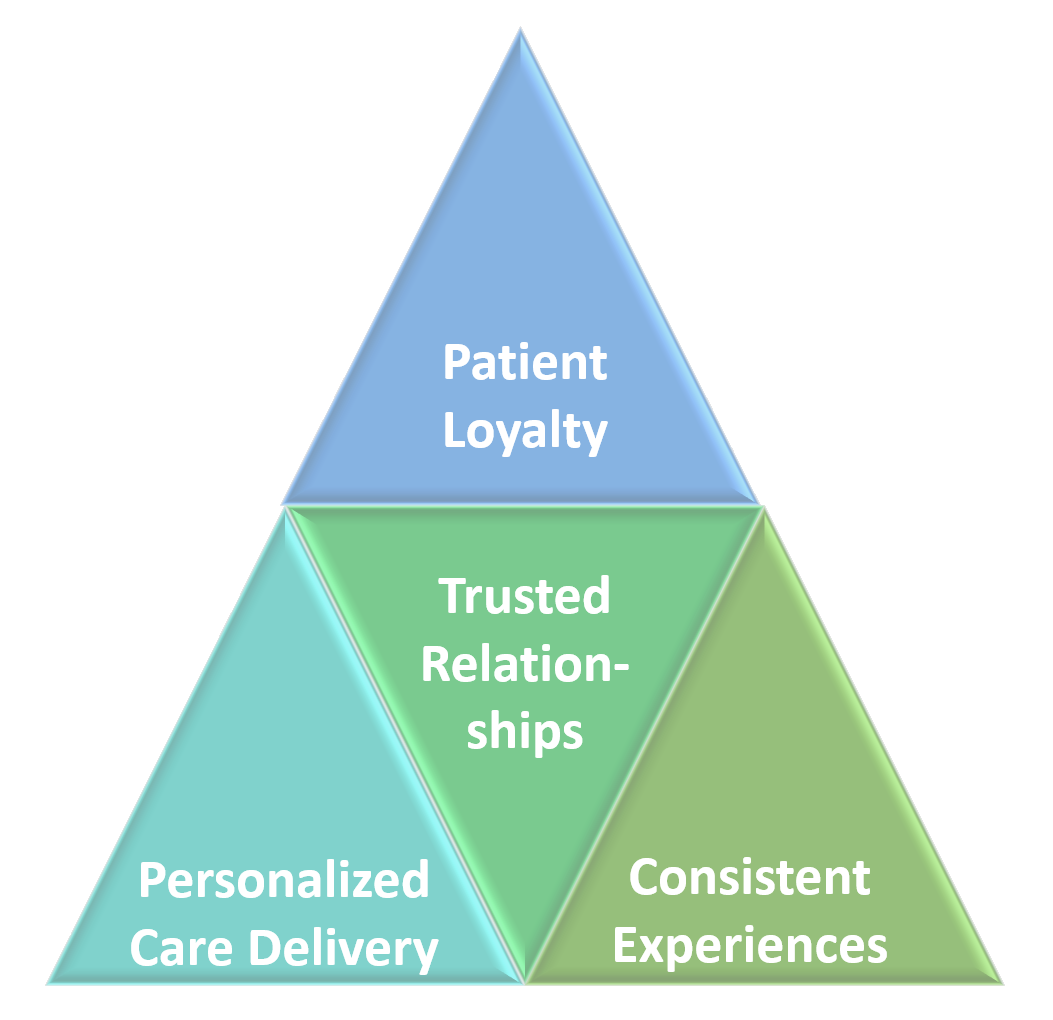


A well-executed Personalized Care Strategy results in consistent experiences of personalized care delivery that builds trusted relationships and creates patient loyalty. Only trusted relationships can lead to true engagement which is a prerequisite for patients’ participation in their care and a strong indicator for better health outcomes.
As a first step, implementing a Personalized Care Strategy includes the mapping of the patient journey from searching for care, scheduling care, waiting for care, receiving diagnosis and care, and post-care follow up. This journey can then be analyzed for shortcomings and systems can be put in place to create unique, personalized experiences.
Conclusion
Yes, it’s true that there is virtually no other service industry as complex and convoluted as healthcare, but there are a multitude of solutions out there that can readily be applied to the various subsystems that make up the delivery of care.
And wouldn’t it be nice if your next healthcare experience could be like scheduling an Uber, checking in at the Ritz-Carlton, spending an hour at Disney and paying for your service with Amazon points?








To receive articles like these in your Inbox every week, you can subscribe to Christian’s Telehealth Tuesday Newsletter.
Christian Milaster and his team optimize Telehealth Services for health systems and physician practices. Christian is the Founder and President of Ingenium Digital Health Advisors where he and his expert consortium partner with healthcare leaders to enable the delivery of extraordinary care.
Contact Christian by phone or text at 657-464-3648, via email, or video chat.


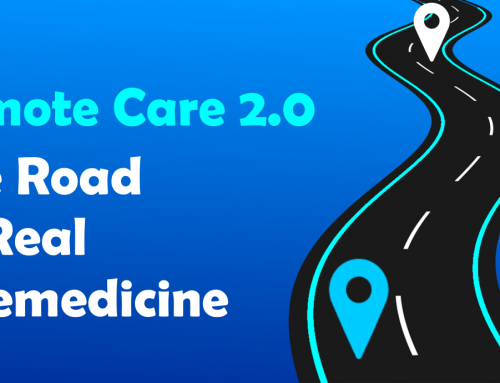

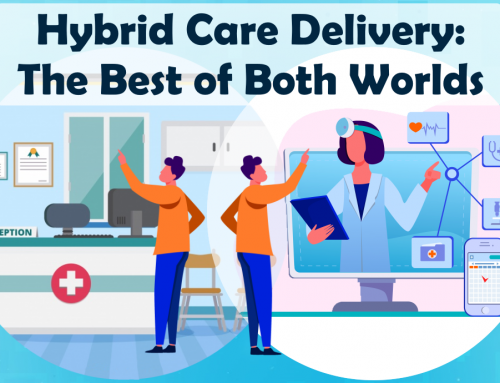
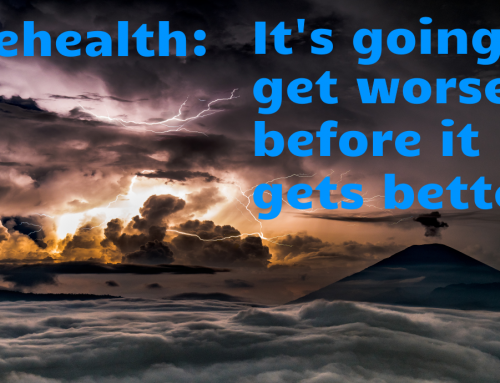
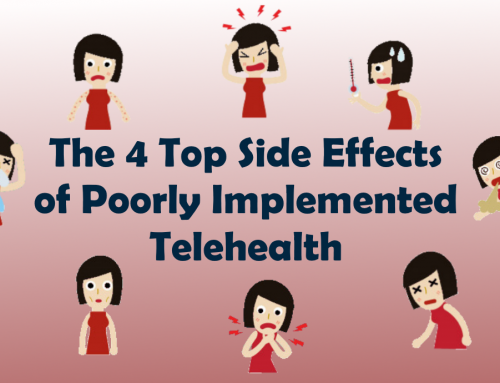
Leave A Comment